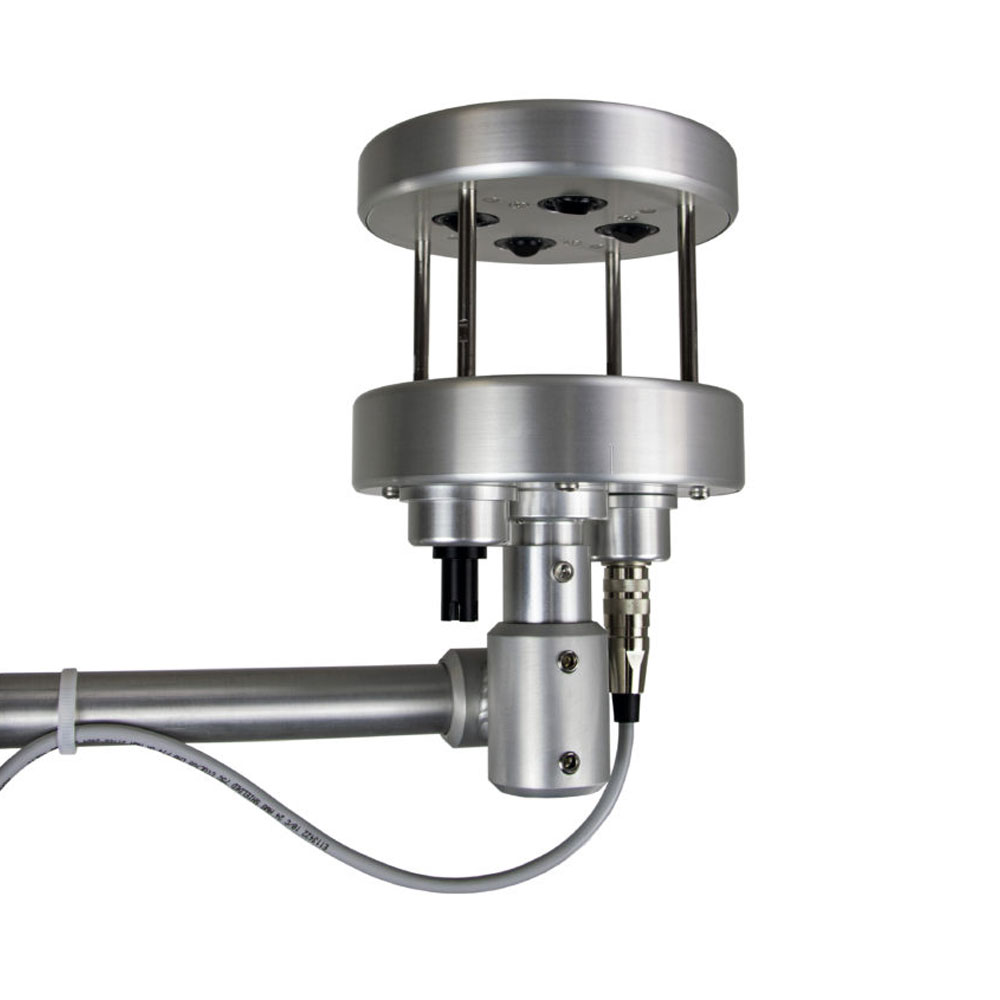Choosing the Right Anemometer: A Comprehensive Purchasing Guide
Choosing the Right Anemometer: A Comprehensive Purchasing Guide
Blog Article
Exploring the Functions and Benefits of Anemometers for Weather Enthusiasts and Professionals
From mug anemometers to sonic anemometers, each type brings its distinct set of applications and benefits, shedding light on numerous elements of atmospheric problems. As we delve right into the features and benefits of anemometers, a much deeper understanding emerges not just of prevailing climate sensations but additionally of the wider implications for fields like wind power production and ecological research study.
Importance of Anemometers in Climate Tracking
Anemometers play a critical duty in weather condition monitoring by offering precise measurements of wind speed, assisting in projecting and understanding weather condition patterns. These instruments, ranging from typical mug anemometers to modern-day ultrasonic anemometers, are crucial for meteorologists, scientists, and weather enthusiasts alike. By measuring wind rate, anemometers assist in determining the intensity of weather condition phenomena such as twisters, storms, and typhoons. In addition, they offer valuable information for aviation, maritime operations, and different industries that are sensitive to wind problems.

Sorts Of Anemometers and Their Applications
The most common kinds of anemometers include mug anemometers, vane anemometers, hot-wire anemometers, and ultrasonic anemometers. Cup anemometers are composed of three or 4 cups placed on straight arms that rotate with the wind, measuring its rate. Vane anemometers, on the other hand, use an easily turning vane to straighten with the wind instructions, offering both wind rate and direction dimensions.
Each kind of anemometer has its distinct advantages and applications. Mug anemometers are robust and suitable for basic weather surveillance, while vane anemometers are favored for directional dimensions. Hot-wire anemometers are sensitive to reduced air rates, making them excellent for indoor environments. Ultrasonic anemometers are non-intrusive and offer high accuracy, frequently utilized in research study and specialized weather condition tracking applications. Comprehending the characteristics and applications of each kind of anemometer is vital for choosing the most ideal tool for particular weather condition monitoring demands.
Benefits of Making Use Of Anemometers in Forecasting
In meteorology, the usage of anemometers uses very useful advantages for improving the precision of weather forecasting. Anemometers determine wind rate and direction, offering essential information for predicting weather patterns. By integrating wind information right into projecting models, meteorologists can better recognize the activity of weather condition systems, expect modifications in weather, and concern extra specific projections.
In addition, anemometers play a crucial function in analyzing potential weather condition hazards. Keeping track of wind speeds assists forecasters forecast extreme climate occasions such as hurricanes, tornadoes, and winter tornados with greater accuracy. This early warning system makes it possible for authorities to issue prompt signals and execute needed security steps, decreasing the risks to life and building.
Furthermore, anemometers assist in enhancing renewable power manufacturing. By examining wind patterns, meteorologists can identify appropriate areas for wind farms and forecast energy result, adding to the effective generation of wind power.

Anemometers in Wind Power Production
Provided the crucial function anemometers play in giving accurate wind information for climate forecasting and danger assessment, their relevance reaches the realm of wind energy manufacturing. Anemometers are important tools in the field of wind power, where the measurement of wind rate and instructions is essential for establishing the usefulness and effectiveness of wind generator installments. By accurately gauging wind rates at varying elevations, anemometers aid enhance the placement and layout of wind generators to take full advantage of power outcome.
In wind farms, anemometers are tactically put to gather real-time wind data that is utilized to evaluate the prospective energy production of a site. This data is important in figuring out the financial practicality of wind power jobs and in projecting power generation to ensure grid stability. Furthermore, anemometers help in keeping an eye on wind problems to optimize wind turbine efficiency, protect against damages from high winds, and make sure the security of workers operating in the location of wind generators.
Enhancing Weather Condition Comprehending With Anemometers

Anemometers play a key role in enhancing our understanding of microclimates. These localized weather can vary substantially from more comprehensive regional forecasts, making it vital to have exact information for certain locations. anemometer. By purposefully placing anemometers in different areas, researchers can gather in-depth information on how wind acts in different terrains, metropolitan environments, or bodies of water
Furthermore, anemometers add to improving weather forecasting versions by offering real-time find more information information on wind actions. This details is particularly beneficial for forecasting serious weather condition occasions, maximizing agricultural practices, and sustaining sectors like aviation and maritime navigating. In general, anemometers are invaluable instruments that allow us to dive much deeper into the complexities of weather systems, ultimately resulting in more better-informed decisions and precise forecasts.
Verdict
In verdict, anemometers play a crucial function in weather surveillance and projecting by determining wind speed and direction. They are important tools utilized by weather condition lovers and professionals to gather exact information for forecasting climate patterns and analyzing potential influences. Anemometers likewise have applications in wind energy manufacturing, further highlighting their significance in both weather forecasting and eco-friendly energy markets. On the whole, anemometers add to enhancing our understanding of weather phenomena and boosting projecting abilities. anemometer.
From cup anemometers to sonic anemometers, each kind brings its special set of applications and advantages, shedding light on various facets of climatic conditions. These instruments, varying from traditional cup anemometers to contemporary ultrasonic anemometers, are essential for meteorologists, researchers, and weather condition lovers alike. The most typical kinds of anemometers consist of mug anemometers, vane anemometers, hot-wire anemometers, and ultrasonic anemometers. Mug anemometers are durable and ideal for basic climate surveillance, helpful hints while vane anemometers are preferred for directional dimensions. Anemometers are important instruments in the area of wind go now power, where the measurement of wind speed and instructions is important for figuring out the usefulness and efficiency of wind turbine setups.
Report this page